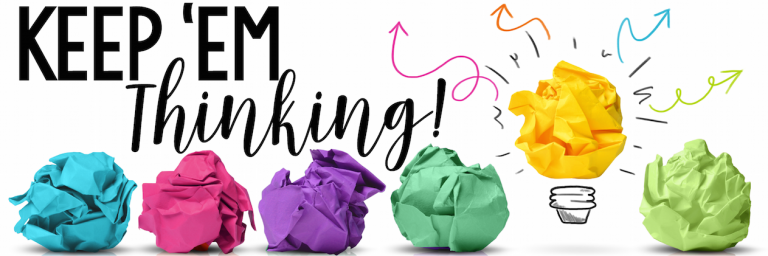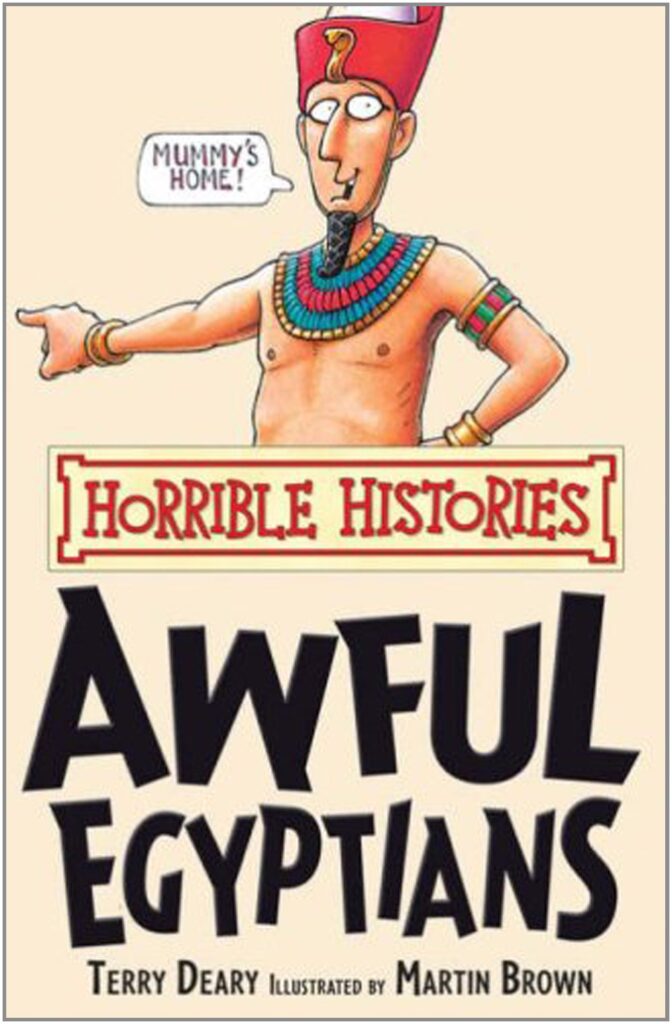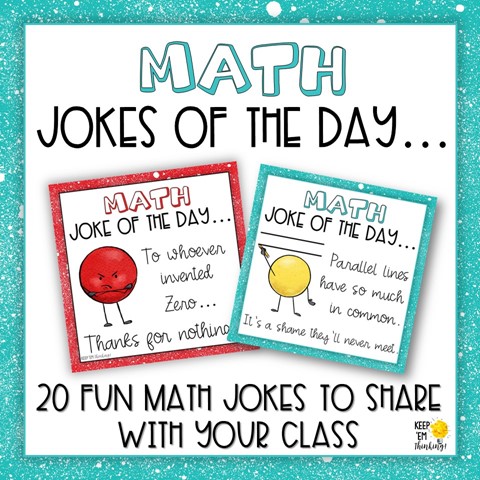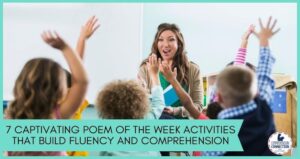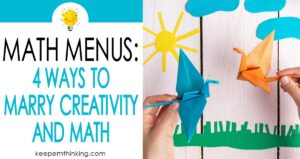Using humor in the classroom is a tool that is often overlooked, yet it can transform your teaching. Everybody loves a funny story or joke. Humor and laughter create a positive environment, engage students, and make teaching memorable. But it is not just about telling jokes. Humor, when used correctly, can be a powerful teaching tool. It can help students understand complex topics, spark curiosity, evoke positive emotions, and even provide a break from rigorous learning tasks.
In this blog post, we’ll explore the benefits of humor in the classroom, its impact on academic achievement, and practical ways to incorporate humor into your teaching so your students can soar.
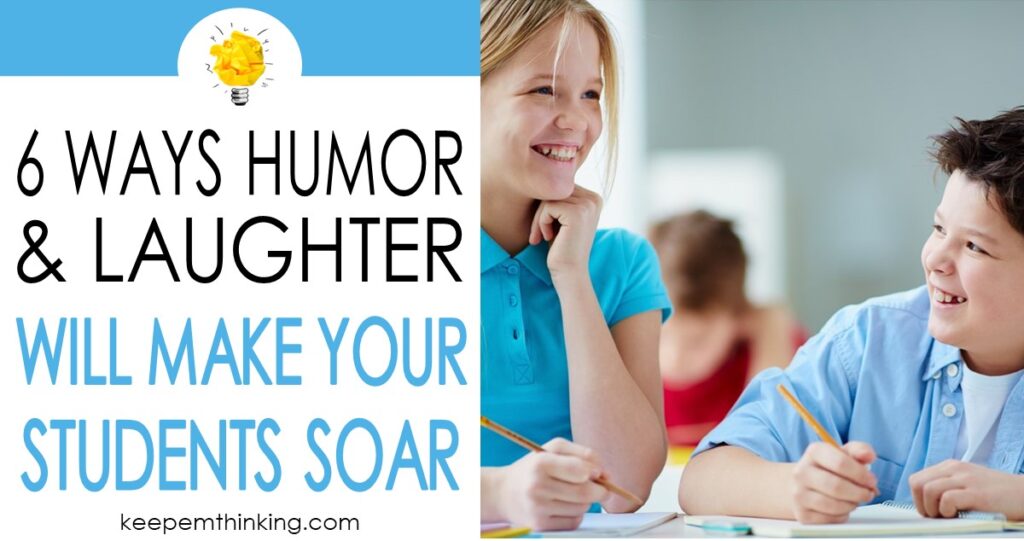
Everyone loves a good laugh, and your students are no exception. Whenever a teacher asks me, “How can I make my class more fun?” I always suggest using humor. You’re probably wondering what laughter can do for your students and why fun is important in the classroom.
According to Mary Kay Morrison, author of Using Humor to Maximize Learning, laughter lights up more of the brain than many other functions in the classroom.
In a different study, Ramon Mora-Ripoll discovered that laughter releases physical and emotional tension, elevates mood, enhances cognitive functioning, and increases friendliness. Those are all positive things, but many of us hesitate to use humor in our classrooms.
I became very discouraged when I first started learning about the benefits of using humor in the classroom. You see, I can’t tell a joke. Seriously, I’m terrible at it. I was terrified that I was supposed to be a comedian in my classroom. But don’t despair. You don’t have to be a comedian, or particularly funny for that matter, to incorporate humor in your classroom. The most important factor is that you need to have a sense of humor.
Let’s take a quick look at the benefits of using humor and some easy ways to incorporate humor in the classroom to get your kiddos laughing and learning! But first, check out this video.
Six Benefits of Using Humor in the Classroom

Improving Student Engagement and Participation
Imagine a classroom where students are eager to take part, hands shoot up in response to questions, and discussions are lively and interactive. Humor can help create that environment. It makes classes more enjoyable and encourages students to be active participants rather than passive listeners. When lessons are enjoyable, students are naturally more invested, attentive, and willing to contribute.
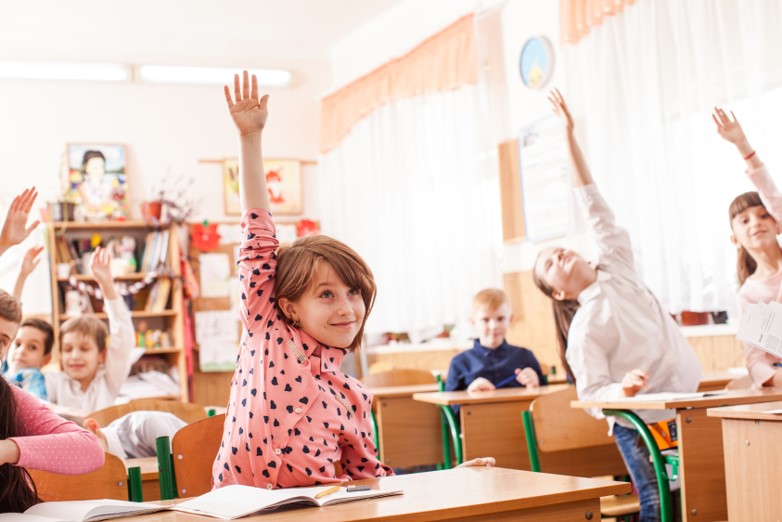
Enhancing Memory and Comprehension
Humor is not just entertaining – it’s memorable. Our brains are more likely to remember information that is associated with strong emotional responses. Laughter, being a powerful emotional response, can help students recall information more easily. Also, humor often involves elements of surprise which can help students understand and remember complex ideas.
Building a Positive Classroom Environment
A classroom filled with laughter is a classroom filled with positivity. Humor helps in creating an inviting, friendly, and enjoyable atmosphere. It can diffuse tension, reduce classroom conflicts, and promote a sense of community. When students feel comfortable and relaxed in their learning environment, they are more likely to take risks, ask questions, and express their thoughts.
Reducing Stress and Anxiety

School can often be stressful for students, with pressures from exams, assignments, and expectations. Laughter can act as a natural stress reliever. It reduces anxiety and makes learning more fun. A good laugh can give students a much-needed break and a fresh perspective to tackle challenging tasks.
Encouraging Creativity and Out-of-the-Box Thinking
Humor requires a certain level of creativity and thinking outside the box – it’s about seeing the world from a different, often unexpected perspective. Adding humor to the classroom can boost creativity and help students tackle problems in new and different ways.
Strengthening Teacher-Student Relationships
Humor can serve as a powerful tool for building stronger teacher-student relationships. It humanizes the teacher, breaks down barriers, and fosters mutual respect and understanding. It sends a message to students that the classroom is not just a place for serious work but also a place for shared laughter and enjoyment.
Practical Ways To Use Humor in Your Class
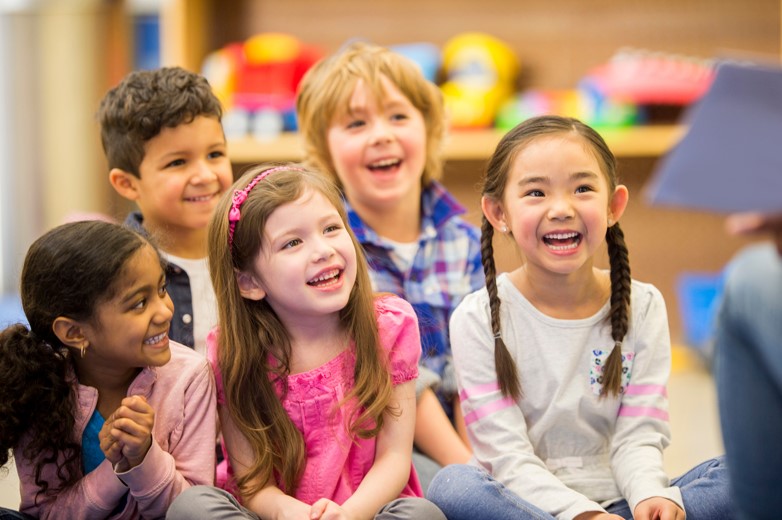
In my many years of experience teaching, I have used humor in every subject area, including language arts, math, science, and social studies. No matter which subject you teach, appropriate humor can have a positive effect on student engagement. Below are some classroom-tested activities for incorporating humor into your elementary classroom.
Using Laughter and Humor in Language Arts
The verdict is in – kids love books that make them laugh, so I try to have a section of my classroom library that has funny stories. Some of my kids’ favorites are:
- Dave Pilkey’s books: Captain Underpants, Hallo Weiner, Dog Man, and Dog Breath
- Beezus and Ramona by Beverly Cleary
- David Shannon Books
- Amelia Bedelia books
- Shel Silverstein books of poetry – you’ll find many humorous poems
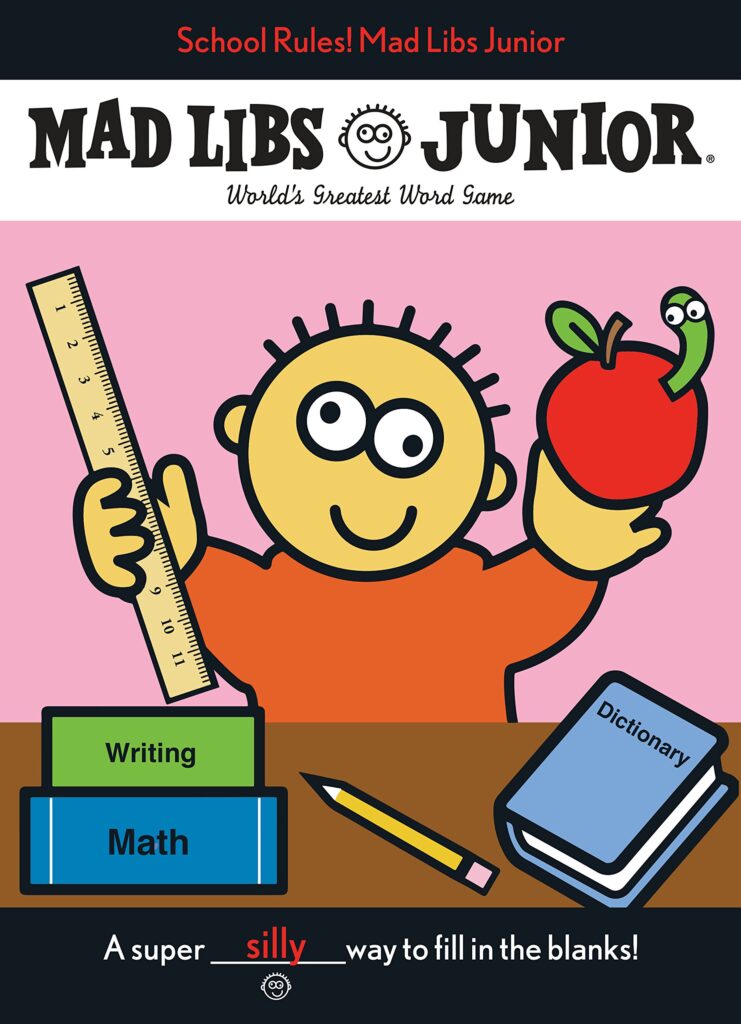
- Have the kids complete Mad Libs – they’re a great way to incorporate humor in the classroom when learning parts of speech. Mad Libs is a word game where kids use a list of words to substitute for blanks in a story. They are often humorous or nonsensical and are fun to read aloud. Your kids will roll on the floor laughing at the stories they create.
- Plan activities that incorporate a play on words like puns, idioms, and multiple-meaning words

Use funny photos to encourage writing.
Comedy in History
While teaching history, you can add some funny anecdotes or strange facts from the past to your lesson plans. This can make history more interesting and relatable for students. When teaching social studies, one of my favorite resources to use is the Horrible Histories materials. There are over 20 Horrible Histories books now in print.
One of my favorite ones is The Awful Egyptians. Ancient Egypt is a unit I have taught for over 20 years to my gifted students, and I have had several editions of this book. It’s always a favorite with the kiddos. They love all the disgusting facts about everyday life in ancient Egypt, especially the information about the mummification process.
Your students will have a blast exploring this The Horrible Histories website! There are fun games and activities, horrible jokes, quizzes, printables, and embedded YouTube Videos.
One of my favorite videos from the Groovy Greeks book is the Spartan Parent Teacher Conference. I like to have my students create their own Horrible History skits in class. This is one of their favorite activities because they get to select unusual, gross, and gruesome facts from a culture or historical period and present them in a humorous way.
Science and Humor in the Classroom
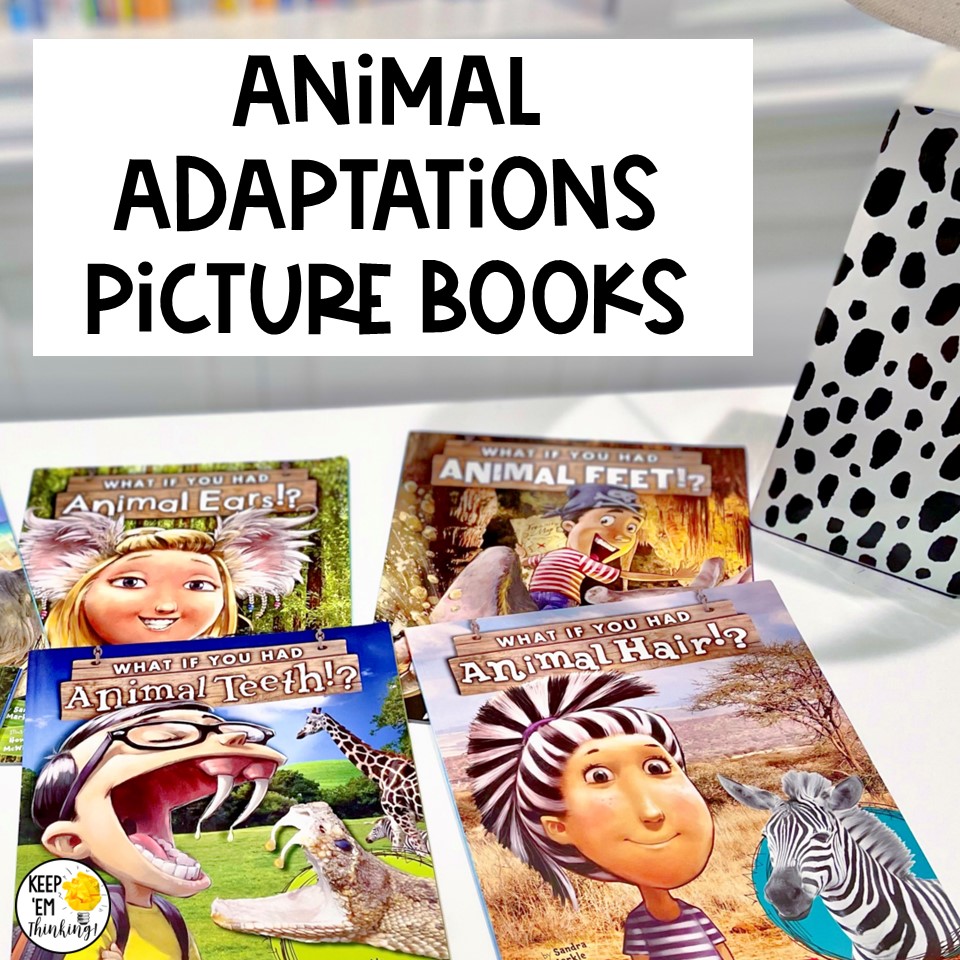
You can also use humor in your science classes. I especially like to add humor when we are studying animals. Two fun books I used when learning about animal adaptations were What If You Had Animal Teeth? and What If You Had Animal Hair? The follow-up activities the students can do after reading these two books are fabulous!
- Kids can make self-portraits and add animal teeth and hair and write about their adventures.
- Write Fortunately/Unfortunately stories about suddenly living with animal teeth, tails, hair, etc. These can be so funny. Here’s an example.
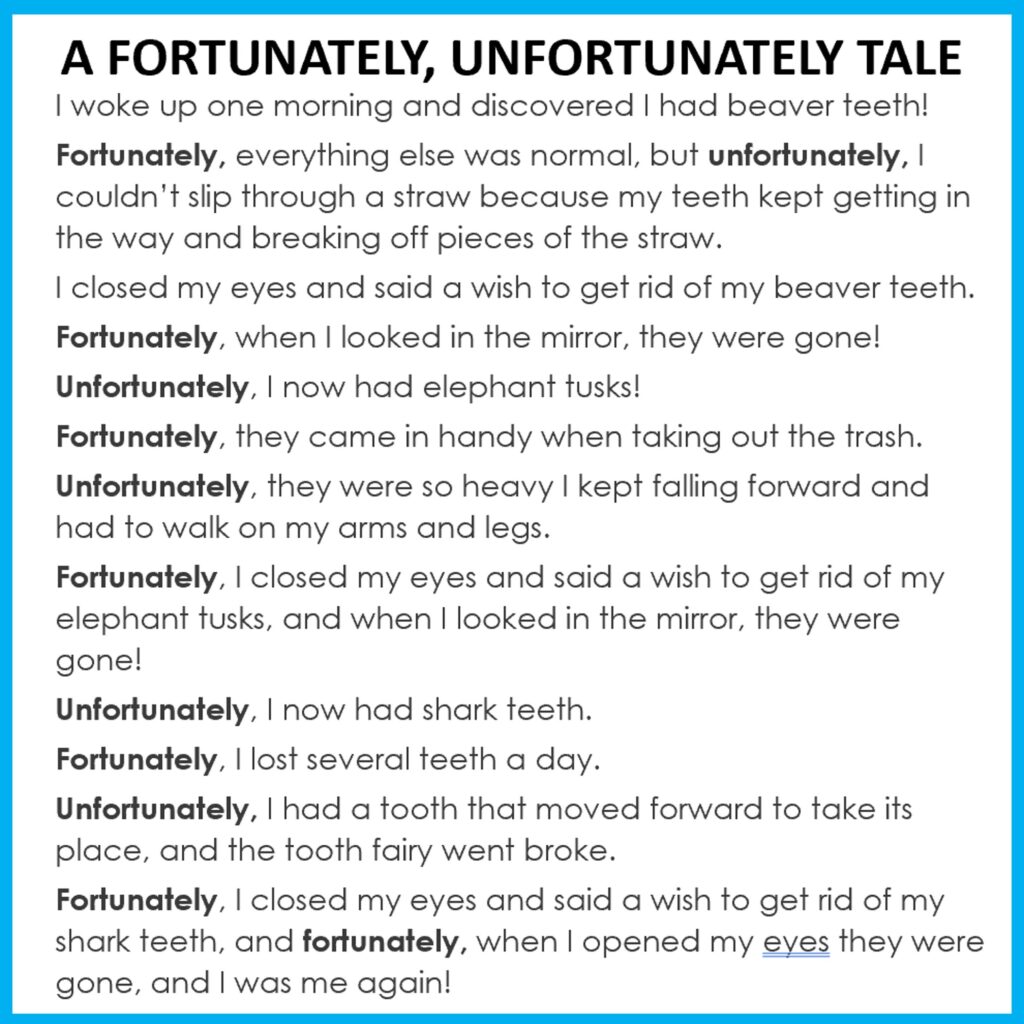
Science experiments can be a fun way to learn, especially when they have a surprising or humorous outcome. For example, you might do an experiment involving a diet soda and Mentos eruption or create “oobleck” (a non-Newtonian fluid) for students to play with.
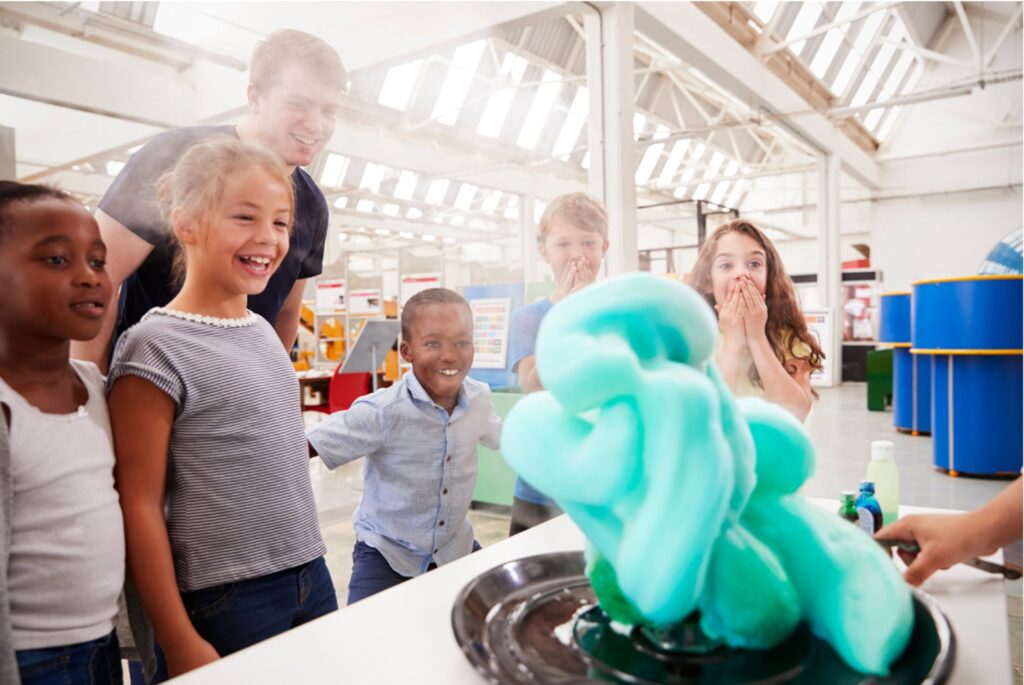
These kids are having a blast creating elephant toothpaste.
Math and Humor in the Classroom
Instead of traditional word problems, create math problems with a humorous twist. I try to find situations that my kids might think are funny like a monkey stealing all the bananas or a scarecrow that talks, etc.
Another way is to use jokes. My students love math jokes! I have a collection of them you can download in my Free Resource Library. Click on the image to go to my Resource Library. You could put them up on a math joke of the day bulletin board.
Appropriate Use of Humor In the Classroom

When using humor in the classroom, it is imperative that you consider the age group of your students and the type of humor. For example, sarcasm is rarely appropriate for younger students. There are also several negative types of humor in elementary classrooms. For example, political cartoons are rarely appropriate in an elementary setting.
Implications of Using Humor In the Classroom
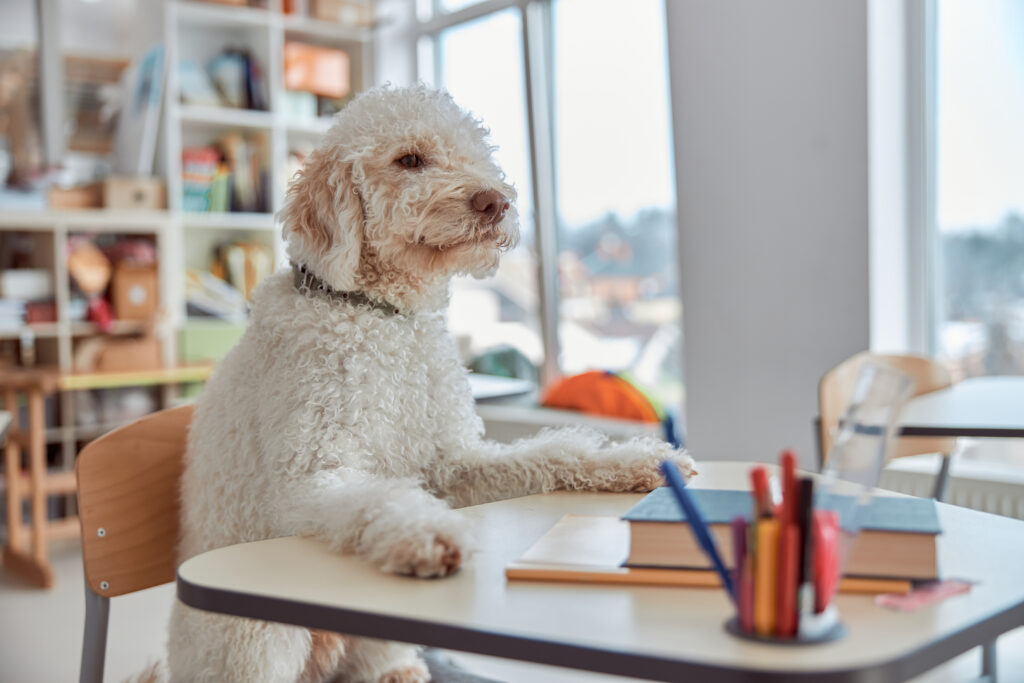
The benefits of using humor in education are great. Perhaps the greatest effect of humor is the positive impact it has on student learning. Incorporating humor into the classroom isn’t about turning teachers into comedians or making education a laughing matter. It’s about enhancing the learning process, making it more engaging, enjoyable, and effective. When we model a sense of humor in teaching, we become better teachers. Through humor, we create environments where students are more likely to participate, remember, understand, and feel at ease.
Pin It For Later

